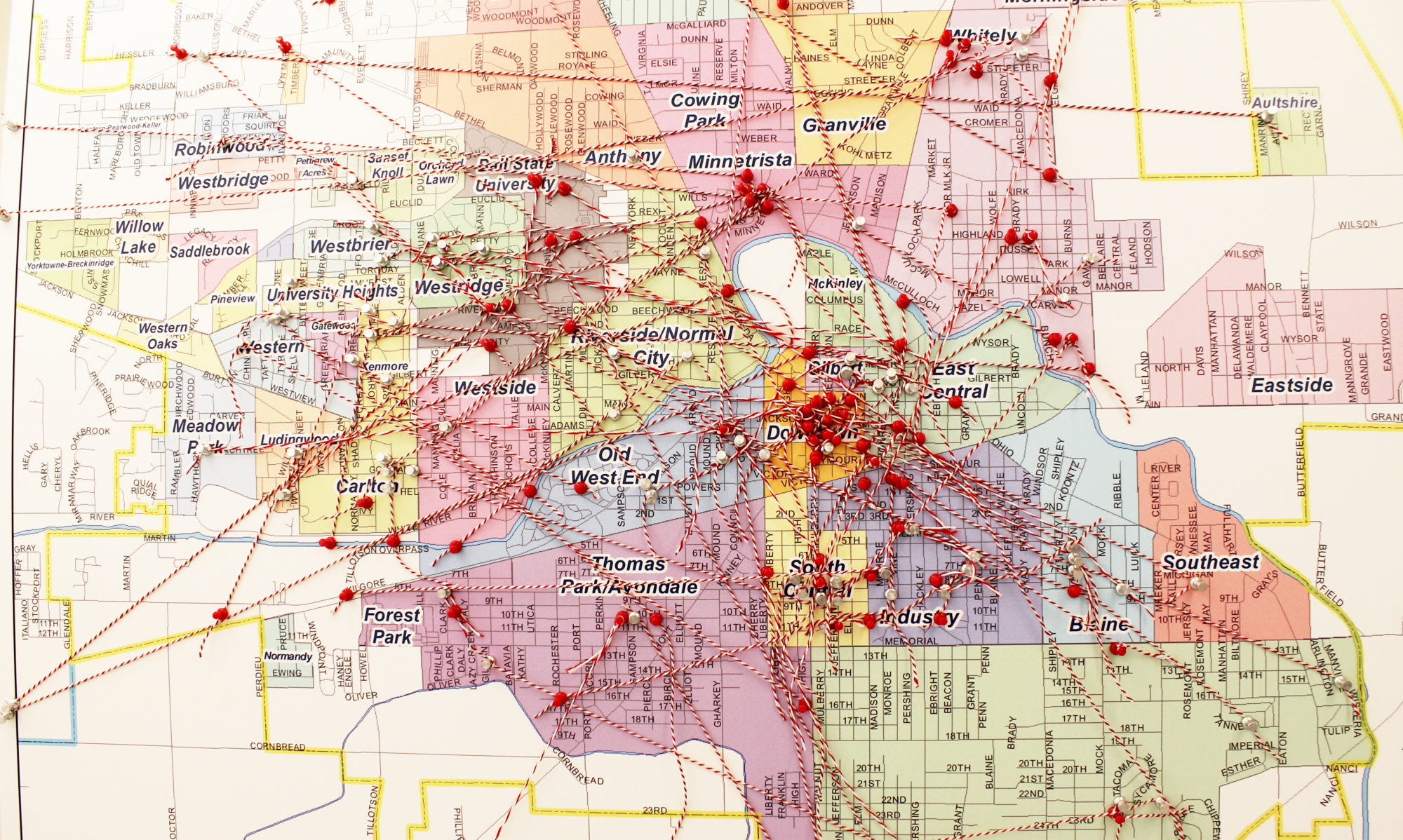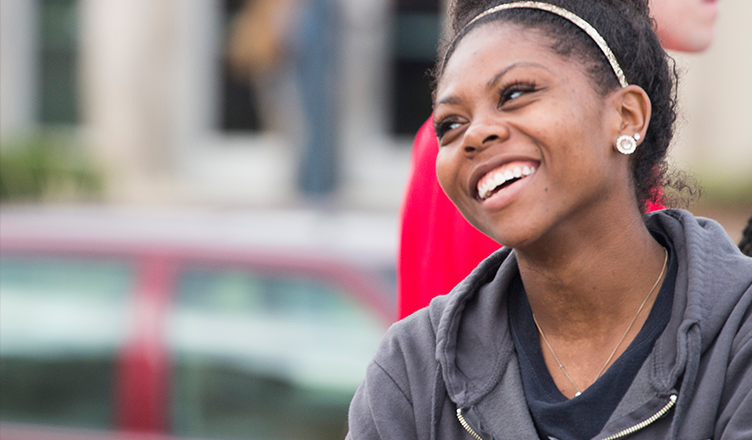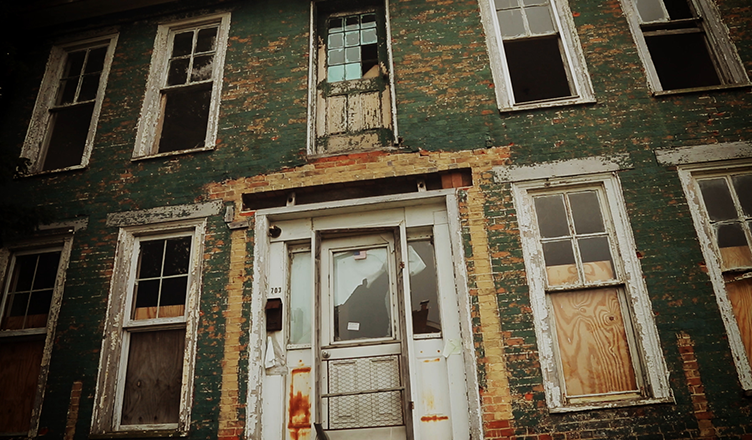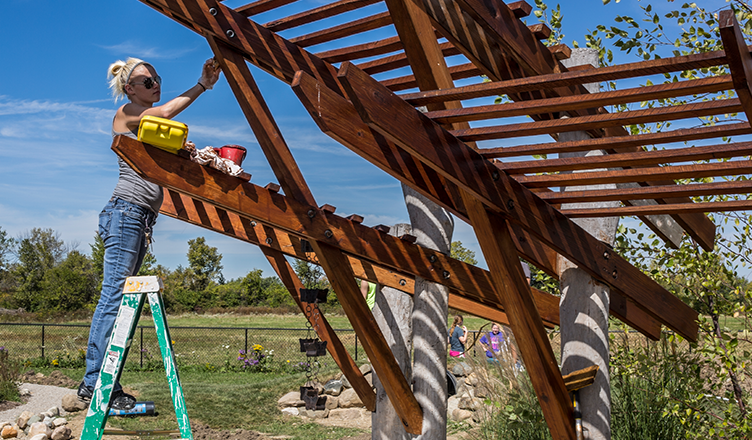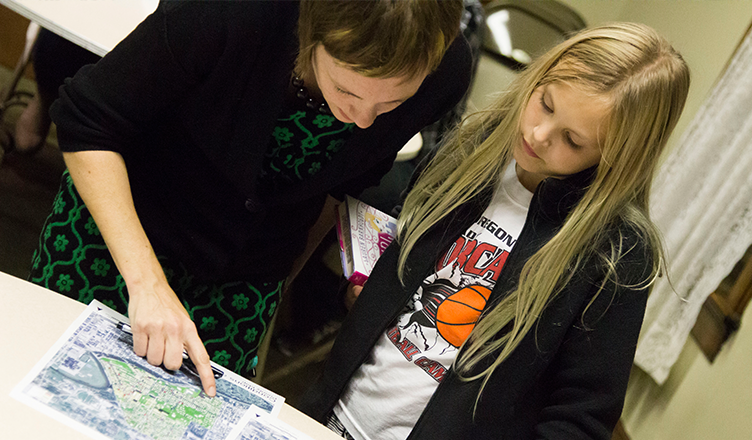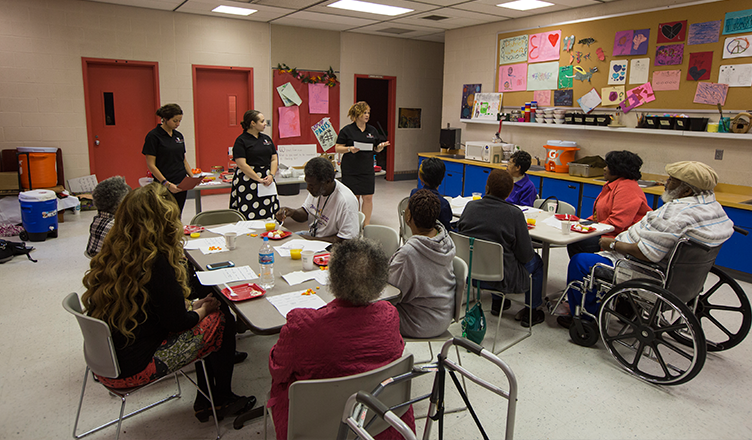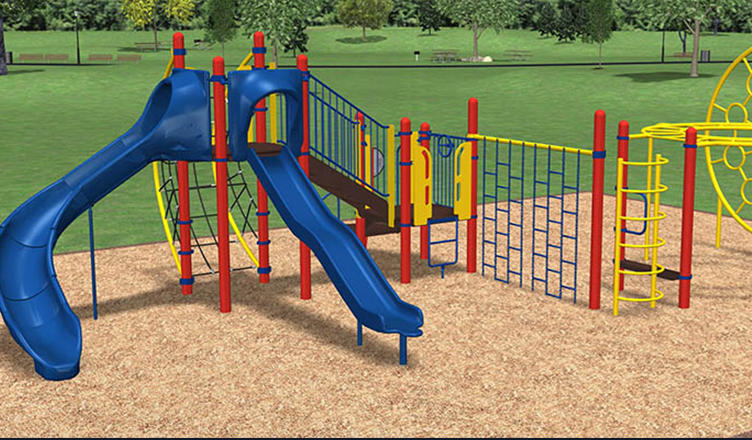People make Muncie tick. This city was built and continues to run because of complex, interesting, fascinating people. This project celebrates the lives of everyday Muncie residents and their contributions to the economy, history, diversity and culture of this community, focusing on telling the stories of their lives and their professions. By spending time with these people, the Ball State students and their Telecommunications Faculty Mentor, Suzy Smith, were able to shed light on what it takes to create a diverse, steadfast and strong-willed community.
Muncie Meth Task Force Survey – Fall 2015
The Muncie Meth Task Force is a diverse group of individuals representing housing providers, the health and wellness fields, the city of Muncie, local foundations, and the neighborhoods that are working to find solutions to the issues related to Meth in the community. There are a variety of focus groups and interviews being conducted by consultants at Indiana Resource and Prevention Center out of Indiana University. This work is funded by a NeighborWorks grant to PathStone through which the City of Muncie (Community Development) is a partner. The purpose of the grant is to complete an assessment of the Meth issue in our community and to establish an action plan to deal with Meth issues relevant to housing.
In this project Melinda Messineo led a group of Ball State students in conjunction with the Muncie Meth Task Force, to gather information about the use of methamphetamines in Muncie and Delaware county, and the reasons behind the possible increase in usage rates. The data will be used to inform intervention programs that the Task Force will be creating over the next year. To gather the data, students communicated with local law enforcement as well as current and former users from the area.
If you would like more information about the Muncie Meth Taskforce, please contact Annette Phillips.
Nature Play: Design Build Exploration with Children as Co-creators – Fall 2015
Pam Harwood, of the Ball State University Department of Architecture, led teams of students from various majors in this Immersive Learning project designed to combine learning and playtime for Muncie children.
“Our children are the first generation to be raised without meaningful contact with the natural world,” wrote Richard Louv. This project presented a variety of small-scale design-build opportunities for interdisciplinary teams of students to develop into innovative play elements for a nature-based outdoor learning environment at Head Start’s preschool in Muncie. An integration of design, making, teaching, and learning was paramount in this elective. Whether using salvaged timbers for a series of small bridges in the wetlands, or re-harvested wood in the knowledge wall, sustainable construction and environmental education was the goal of this nature-based preschool environment. Age-appropriate activity settings were co-created with children in a user-centered manner, where the approach to learning was gently guided, open-ended explorations in sensitively constructed learning spaces and natural habitats.
Riverside/Normal City Neighborhood Action Plan – Fall 2015
The Riverside/Normal City Neighborhood Action Plan (RNAP) is a citizen-generated policy regarding the future of the neighborhood, containing initiatives that were developed by the residents of the neighborhood with the assistance of 14 Ball State students. The RNAP will fall under the umbrella of the Muncie Action Plan, which is a strategic guide for the city to create an action agenda for the future. Students researched historical facts, compiled and analyzed census data, and designed and conducted a survey for neighborhood residents. A RNAP Handbook was also produced as a document to aid citizen planners when they begin to enact initiatives from the Plan.
This project follows the Spring 2015 Project, Riverside/Normal City Neighborhood Survey and was led by Faculty Mentor, Lisa Dunaway in the Department of Urban Planning. View the video created for the project below, or visit their website for more information.
The Big Read – Fall 2015
In this project, Ball State University graduate students worked to manage and organize Big Read activities in Muncie, Indiana. The Big Read is a project which aims to promote reading activities among citizens in local communities. The students learned a variety of organizational and management theories and strategies and put them into practice by marketing and organizing The Big Read program.
Blaine/Southeast Neighborhood Playground Completed
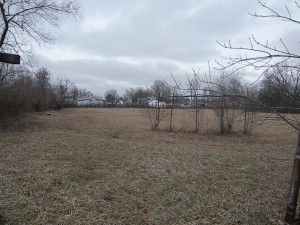 The playground began as a seed, an idea that grew at each monthly neighborhood association meeting. The Blaine/Southeast Neighborhood Association formed only a few short years ago in 2011 under the direction of Clifford Clemmons. Supported by a small group of dedicated residents, the association worked with Ball State University urban planning students under the direction of faculty member Lisa Dunaway to develop a neighborhood action plan. The Blaine/Southeast Neighborhood Action plan, finalized in December 2014 provided key information that reinforced the neighbors’ belief that Blaine/Southeast lacked adequate play space for its youth. Located on the far east side of the city, the neighborhood sits removed from Muncie’s established parks and playgrounds.
The playground began as a seed, an idea that grew at each monthly neighborhood association meeting. The Blaine/Southeast Neighborhood Association formed only a few short years ago in 2011 under the direction of Clifford Clemmons. Supported by a small group of dedicated residents, the association worked with Ball State University urban planning students under the direction of faculty member Lisa Dunaway to develop a neighborhood action plan. The Blaine/Southeast Neighborhood Action plan, finalized in December 2014 provided key information that reinforced the neighbors’ belief that Blaine/Southeast lacked adequate play space for its youth. Located on the far east side of the city, the neighborhood sits removed from Muncie’s established parks and playgrounds.
Planning for the neighborhood playground began in earnest in winter 2014 after the association was successful in attaining a $15,000 KaBoom playground grant. A committee of residents worked diligently to find funding to match the KaBoom grant, to plan for the Community Build Day and to clear the overgrown field where the playground would eventually be built. With the efforts spearheaded by Clemmons and Isabelle Sowers, Muncie Action Plan Volunteer Coordinator, Spring and Summer 2015 were busy with fundraisers and cleanups leading up to the September 12th Build Day.
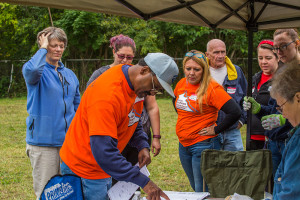 Build Day was attended by dozens of volunteers who successfully erected a portion of the playground, with the final construction occurring throughout the following few weeks. The October 16th ribbon cutting was well attended by residents, volunteers and city officials. Since October, the playground committee has continued to fundraise for the purchase of mulch and landscaping as well as other necessities like lighting and signage through their GoFundMe site. The Neighborhood Association understands that the playground is a community asset, but one that will require constant oversight and maintenance. Association members are committed to creating a play space that is well-loved and well-used by neighborhood children for years to come.
Build Day was attended by dozens of volunteers who successfully erected a portion of the playground, with the final construction occurring throughout the following few weeks. The October 16th ribbon cutting was well attended by residents, volunteers and city officials. Since October, the playground committee has continued to fundraise for the purchase of mulch and landscaping as well as other necessities like lighting and signage through their GoFundMe site. The Neighborhood Association understands that the playground is a community asset, but one that will require constant oversight and maintenance. Association members are committed to creating a play space that is well-loved and well-used by neighborhood children for years to come.
